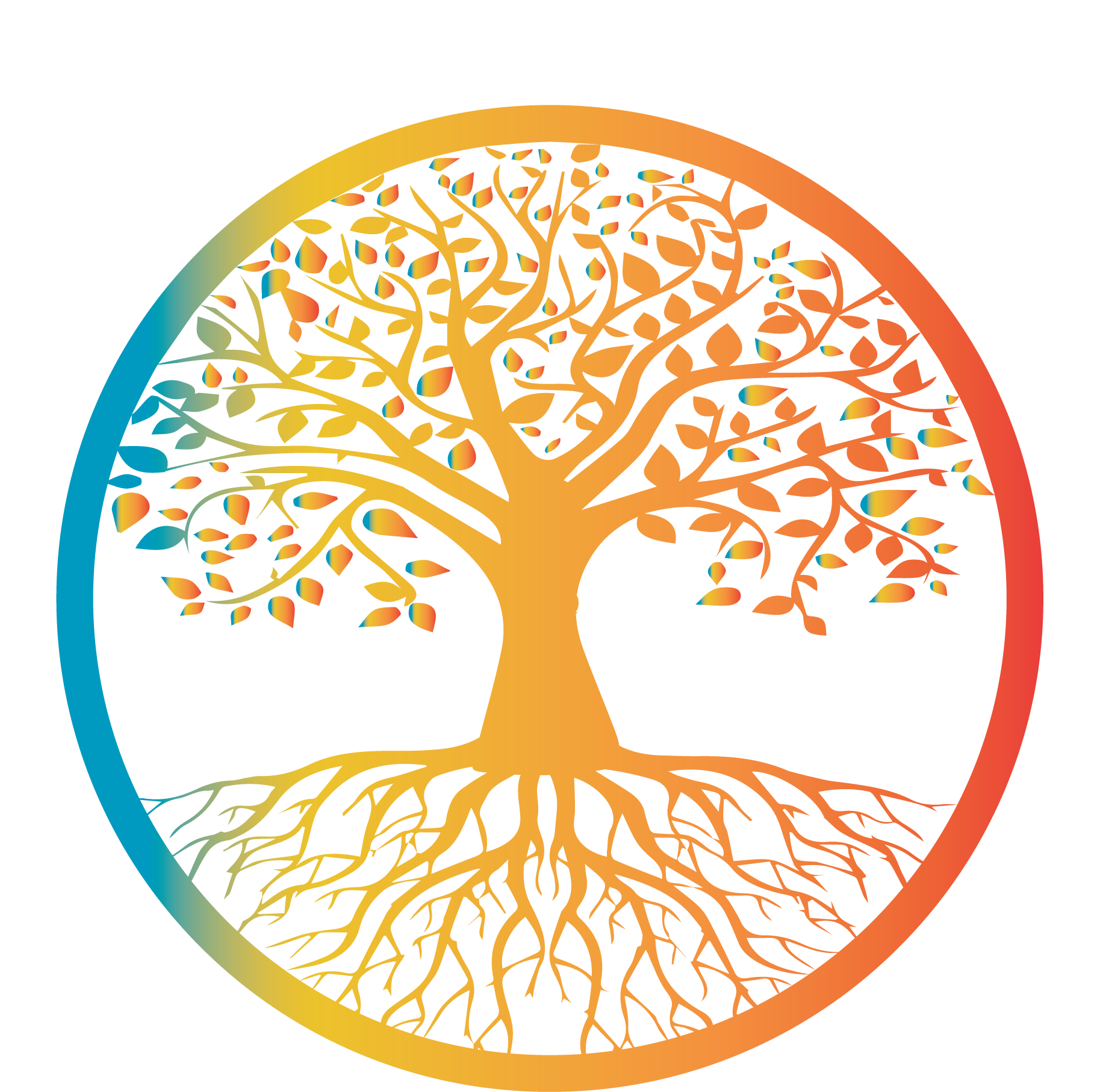3rd Grade Math Benchmarks
First Quarter1.3.1 Recall and use addition and subtraction facts
1.3.2 Add and subtract multi-digit numbers with regrouping.
1.3.3 Generate and solve 2-step addition using pencil and paper, mental computation and estimation.
1.3.5 Model and explain multiplication as repeated addition.
1.3.7 Round to the nearest tens to determine reasonableness of the answer; read and write number words.
1.3.8 Use, model and identify place value positions up to 10,000.
4.3.1 Describe, sketch, compare, and contrast plane geometric figures.
5.3.1 Collect, organize, display, and describe simple data using number lines and bar graphs.
Second Quarter1.3.1 Recall multiplication facts 1, 2, 5, & 10.
1.3.3 Generate and solve 2-step subtraction using pencil and paper, mental computation and estimation.
1.3.4 Add and subtract decimals using money as a model.
1.3.6 Read, write, order and compare 0-9,999; read and write number words.
1.3.7 Round to the nearest hundreds to determine reasonableness of the answer; read and write number words.
2.3.3 Identify missing terms and missing numbers in open number sentences involving number facts in addition and subtraction.
3.3.6 Tell time to the nearest minute, using analog and digital clocks, and identify elapsed time.
5.3.1 Collect, organize, display, and describe data using frequency tables.
Third Quarter1.3.1 Recall multiplication facts 3, 4, & 6.
1.3.3 Generate and solve 1-step multiplication problems based on practical situations.
1.3.9 Model, sketch and label fractions with denominators to 10; write fractions with numbers and words
2.3.4 Complete number sentences with the appropriate words and symbols for addition, subtraction, less than, greater than, and equal to (+,-,<,>).
3.3.4 Read, write, and use money notation determining possible combinations of coins and bills to equal given amounts.
5.3.1 Collect, organize, display, and describe data using pictographs.
1.3.1 Recall multiplication facts 7, 8, & 9.2.3.1 Recognize, describe, and create patterns using numbers; use number patterns and their extensions to solve problems.3.3.2 Select and use appropriate units of measurement; measure to a required degree of accuracy and record results.3.3.3 Estimate and use measuring devices with standard and non-standard units to measure length, surface area, liquid volume, capacity, temperature, and weight, communicating concepts of more, less, and equivalent.
4.3.2 Demonstrate and describe the motion (transformation) of geometric figures as a slide, rotation or a flip.
4.3.4 Compare, contrast, sketch, model, and build two-and three dimensional geometric figures and objects.
5.3.2 Use concepts of probability (e.g., impossible, likely, certain) to make predictions about future events.

